Dados do Trabalho
Título
VALIDATION OF THE COBRA NOMOGRAM WITH PREOPERATIVE HYDRONEPHROSIS FOR THE PREDICTION OF CANCER SPECIFIC SURVIVAL IN PATIENTS WITH BLADDER CANCER TREATED WITH RADICAL CYSTECTOMY
Introdução e Objetivo
To externally validate the COBRA score (tool predicting cancer-specific survival after radical cystectomy for urothelial carcinoma; Welty et al Cancer 2017, DOI: 10.1002/cncr.30918) and to add hydronephrosis information from abdominal preoperative CT Scan to verify its impact on the predictive model.
Método
Clinicopathological and survival data from 623 patients who underwent radical cystectomy and pelvic lymph node dissection between January 2008 and July 2023 were analysed. External validation was determined using regression coefficients abstracted from previously published data. COBRA score was applied to our sample and Overall Survivall (OS) Kaplan-Meier (KM) curves were performed. After hidronephrosis new OS curves were plotted.
Resultados
A total 651 patients were analyzed, with median follow up of 45 months (1 - 265). When COBRA score was applied to our cohort, the discriminatory power was found to have high precision with a c- index of 68% for the full model versus 70% of COBRA score modified. Regression COX analysis showed that 1 score point presented HR 1.35, IC (0.82 - 2.23), p=0.232; 2 score points HR 1.64 IC (0.98 - 2.75) p=0.05; 3 score points HR 1.94, IC (1.28 - 2.93), p=0.002; 4 score points HR 2.61, IC (1.56 - 4.38), p<0.001; 5 score points HR 3.04, IC (2.00 - 4.63); p<0.001; 6 score points HR 3.2, IC (1.84 - 5.84), p<0.001; 7 score points HR 2.2, IC (0.30 - 16.21); 8 score points HR 6.0, IC (2.35-15.68) p<0.001. KM curves for COBRA score in our sample are presented. When the hydronephrosis was added to the model, a poorer OS was verified Figure 1, without hydronephrosis vs with hidronephrosis.
Conclusão
COBRA adequately identifies those patients with a higher risk of cancer mortality in our population. Furthermore, adding hydronephrosis information further improves the prediction. Hydronephrosis could be further evaluated and eventually included in the prediction model.
Área
Uro-Oncologia
Instituições
Instituto do câncer do estado de São Paulo, Universidade de São Paulo - São Paulo - Brasil
Autores
CAIO VINICIUS SUARTZ, MATEUS SILVA SANTOS COSTA, CARLOS VICTORIA NETO, FILIPE DE ARRUDA PESSOA, PEDRO ANTONIO ARAUJO SIMOES, FLAVIO ROSSIA DA SILVA, WILLIAM CARLOS NAHAS, LEOPOLDO ALVES RIVEIRO FILHO
